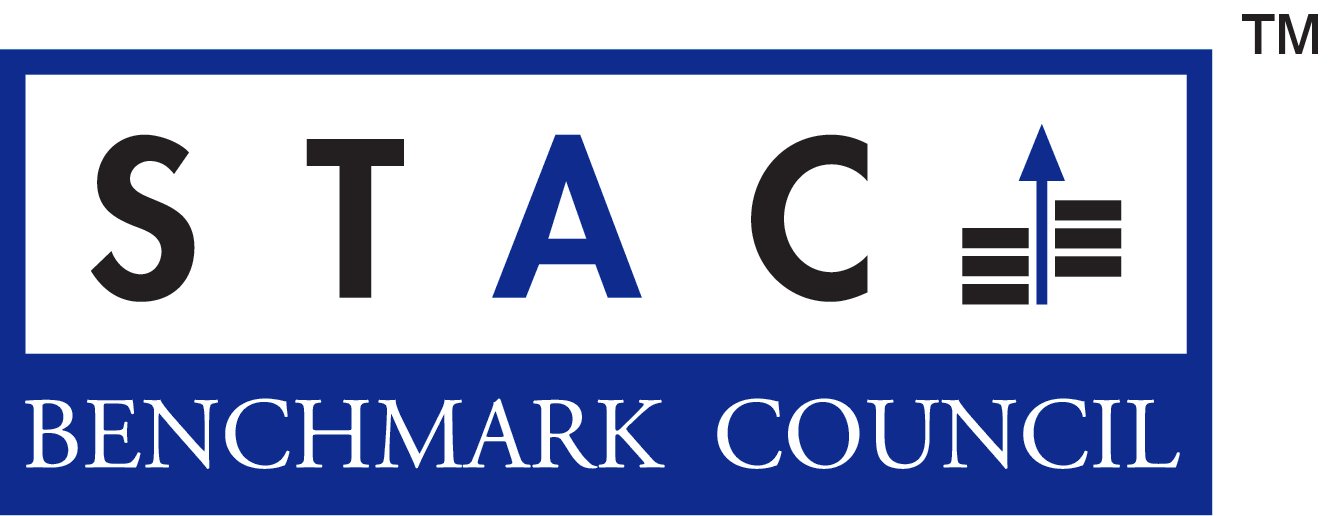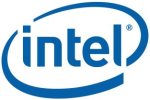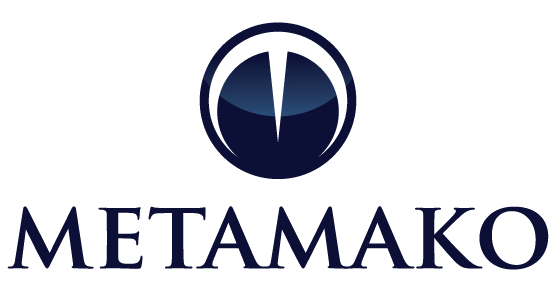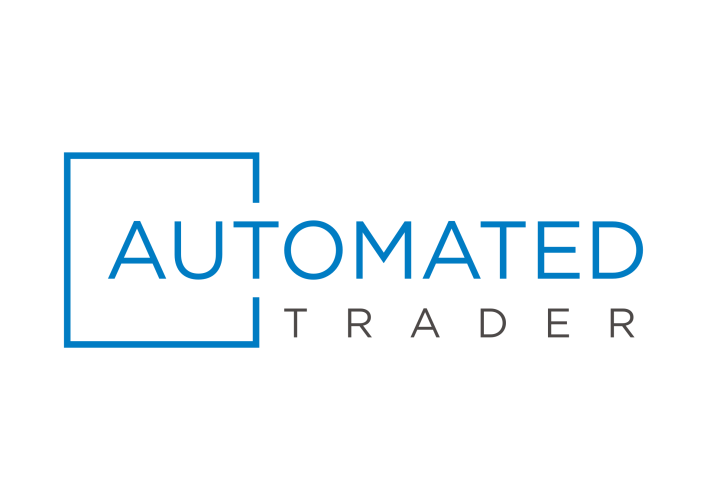STAC Summit, 17 May 2016, Chicago
WHEN
Tuesday, 17 May 2016
WHERE
The Metropolitan Club
Willis Tower
233 South Wacker Drive, 66th Floor, Chicago
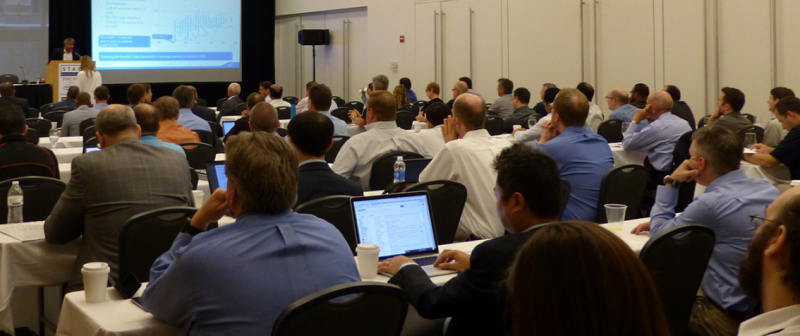
AGENDA
Click on the session titles to view the slides (may require member permissions).
 Big Compute
Big Compute
 Big Data
Big Data
 Fast Data
Fast Data
STAC Exchange

 |
|
|
Vendors with exhibit tables at the conference. (click here for the exhibitor list). |
Test standards for time sync and event capture |
|
|
The STAC-TS Working Group is defining standards trading firms can use to vet event timestamping and capture solutions. Peter will provide an overview of the emerging standards and how the trading community can benefit. He will also provide an overview of MiFID 2 time sync regulations, which may affect US firms with servers in Europe. |
Innovation Roundup - Ops Intelligence |
|
| "Endace DAG Data Capture Cards/EndaceProbe Network Recorders" Tom Leahy, Senior Sales Engineer, Endace |
|
| "Measuring MiFID II Compliance: How to Audit and Monitor your Time Synchronization Infrastructure" Dr. Douglas Arnold, Principal Technologist, Meinberg |
|
| "Time Sync at 10G, 25G, 40G for modern networks and beyond" Jean-Arnold Chenilleau, Application Specialist, Spectracom |
|
| "Low latency networking, time synchronization and packet capture using Exablaze NICs and switches" Robert DeWitt, Consulting Engineer, Exablaze |
Time synchronization in multi-site architectures |
|
|
In order to comply with time-synchronization requirements driven by regulations such as MiFID 2 or business needs such as latency monitoring, many firms are turning to the Precision Time Protocol (PTP) to synchronize clocks within a data center. Can this approach be extended across a wide area? Many enterprises have multiple sites. Do they need redundant sources of UTC in each data center, such as GPS-fed grand master clocks, or can the UTC source in one data center be leveraged in other sites using PTP over the WAN or MAN? How does one certify synchronization across sites? In this talk, Stephen will provide data from tests Endace that has conducted with PTP over wide-area networks and discuss the implications for multi-site architectures. |
Leveraging network data for trading and risk  |
|
|
Many firms today use network data to support revenue and reliabilty through latency and health monitoring. But in Raymond’s view, they are leaving opportunities on the table. Raymond will present some concrete use cases from firms who are getting more business leverage from their network data. These firms exploit the unique visibility offered at the network level in order to analyze client and relationship experience, as well as support key compliance, risk, and security objectives. Along the way, Raymond will provide a point of view on the best architectures for capturing, timestamping, and decoding network data, as well as the best ways to store and analyze it. |
STAC Update: Network I/O |
|
|
Peter will explain the latest developments related to the STAC Network I/O Special Interest Group. |
Innovation Roundup - Low Latency  |
|
| "High Performance Networking in Increasingly Regulated Environments" Eitan Rabin, Sr Director Financial Services Software, Mellanox |
|
| "Introducing NovaLink" Olivier Baetz, COO, NovaSparks |
|
| "8000 Series" Davor Frank, Senior Solutions Architect, Solarflare |
|
| "FPGA Financial Solutions" Steve Weston, Principal Engineer, Intel |
Exchanges versus networks: The intensifying competition between determinism and speed |
|
|
Low-latency trading continues to fuel two races. One, among microwave network providers, is to get as close as possible to the speed of light. The other, within and among exchanges, is to reduce jitter as much as possible. In this talk, Stephane will review the progress of both of these races and explore the competitive interaction between them: a race between the races. |
Nothing has changed. Everything has changed. |
|
|
Certain principles of trading technology are as true today as they were twenty years ago. Yet the ways those principles can be put into practice have changed radically. Today’s technology enables new ways of thinking that overturn old assumptions. Dave will put forward a point of view on the benefits that can accrue to those organizations willing to leverage new ways of implementing old principles. |
What HFT wants from C++ (and how to get it) |
|
C++ remains a highly popular language with developers of low-latency financial applications. But despite extensive use of C++, the traditionally secretive HFT industry hasn't had much influence on the direction of the language itself. Is that about to change? The ISO C++ committee's study group SG14 has recently begun reaching out to HFT developers to elicit their input to C++ standards, and some are getting involved. How does this process work? What kind of enhancements are under consideration? What implications would a more latency-focused C++ standard have on HFT development and developers? We'll ask a panel of SG14 members for their views, while giving you an opportunity to voice yours. What are the key things that *you* would like to see in C++? |
Will C++17 be great or just OK?   |
|
|
C++17 has promised to be a major improvement on C++11/14. In one of the first talks on C++17, Michael will review major features like Filesystems, Parallelism, and Special Math, as well as a large number of language and library features. He will also discuss features such as Concepts which did not make the cut at the last standards meeting and caused great controversy on the Internet. From his perspective as head of Canada's delegation to standards committee, Michael will explain the committee’s thought process behind what will be in and what will be out of this version. Will C++17 change the language by the same degree that C++11 transformed C++98/04? |
The latency race is just getting started |
|
|
Computing hardware has played a central role in the evolution of low-latency trading for over a decade. Initially the race was largely about CPU clockspeeds. When clocks more or less hit a ceiling, the game shifted to how to exploit additional cores and cache memory within a CPU's power envelope, how to migrate certain functionality to FPGA, and how to exploit SSDs. In this talk, David will argue that four trends in the hardware industry are starting to affect low-latency trading today in important ways and will do so more in the near future: new processor capabilities, shrinking transistors for FPGA, tighter CPU/FPGA integration, and post-NAND solid-state storage technologies. |
STAC Update: Big workloads  |
|
Peter will review the latest benchmarking work on big data and big compute, such as: |
Innovation Roundup - Big Data |
|
| "Solve Market Risk Model File IO Bottlenecks: Leverage current NAS environment and cache workloads without changing your file system or network" Jon Austin, Technologist, Avere Systems |
Moore’s Law and Big Data

 |
|
|
Andy Bechtolsheim has a long career in disruptive technology. As a co-founder of Sun Microsystems in the 1980s, Andy pioneered the workstation that did the most to overturn the mini-computer. Later he started Arista Networks, which is now one of the top five Ethernet switch providers globally (and is heavily represented in HFT). One of Andy's latest ventures is DSSD, a provider of "Rack-Scale Flash", which claims to revolutionize the performance and cost of big data workloads and which EMC purchased in 2014. Along the way, Andy has been an active venture investor, once famously writing a check for $100K to a couple of guys starting a search-technology business they hadn't named yet, which would revolutionize advertising (Google, Inc.). Through these and many other adventures, Andy has stayed at the heart of technology innovation for the last four decades. In this finale keynote to the STAC Summit, Andy will share his unique perspective on technology infrastructure and where it's headed. |
PLATINUM SPONSORS
GOLD SPONSORS
MEDIA PARTNER
About STAC Events & Meetings
STAC events bring together CTOs and other industry leaders responsible for solution architecture, infrastructure engineering, application development, machine learning/deep learning engineering, data engineering, and operational intelligence to discuss important technical challenges in financial services.
 |
 |
 |
|---|---|---|

